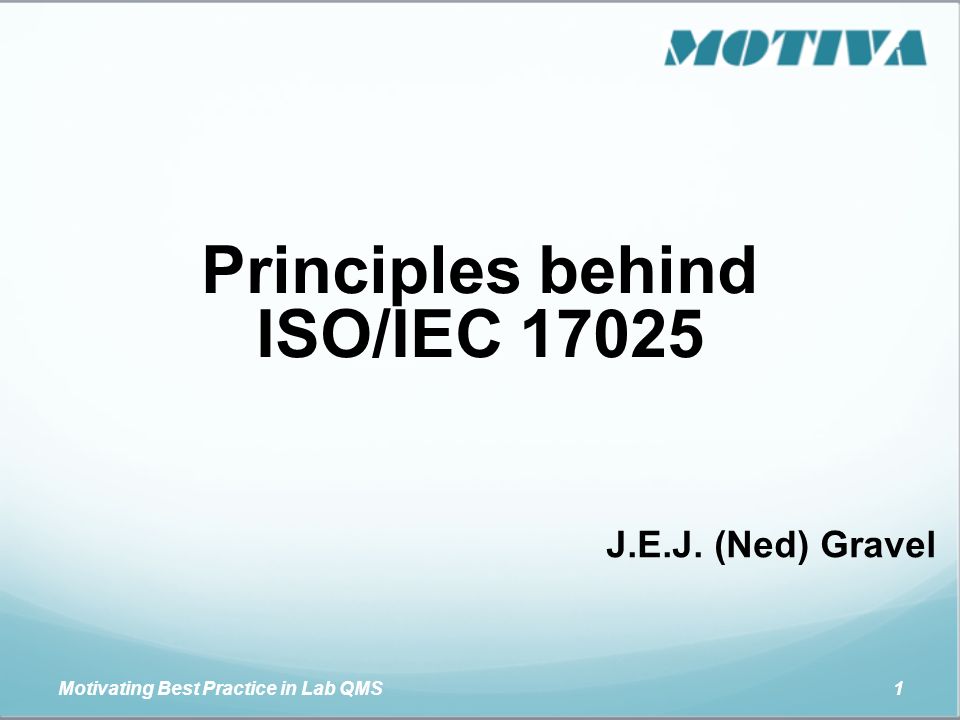Iso Guide 17025
The Reef 2006 Rapidshare. Contents • • • • • • • • • • • • History ISO/IEC 17025 was originally known as ISO/IEC Guide 25, first released in 1978, with subsequent editions following in 1982 and 1990. Guide 25 was created with the belief that 'third party certification systems [for laboratories] should, to the extent possible, be based on internationally agreed standards and procedures.'
In the mid- to late 1990s, an update to Guide 25 was required. However, the ISO decided to convert the guide into a standard and introduce tight compatibility with, which was also being revised, such that ISO 9001 would be treated as a master standard and the next evolution of Guide 25 to be treated as a standard to be specifically applied to testing and calibration laboratories.
ISO/IEC was issued by the ISO in late 1999 and was internationally adopted in 2000. A second release — ISO/IEC — was made on May 12, 2005 after it was agreed that it needed to have its wording more closely aligned with the 2000 version of ISO 9001.
The most significant changes introduced greater emphasis on the responsibilities of senior management, as well as explicit requirements for continual improvement of the management system itself, particularly communication with the customer. ISO/IEC became defunct in May 2007. The standard The ISO/IEC 17025 standard itself comprises five elements: scope, normative references, terms and definitions, management requirements, and technical requirements. R Rated Newlywed Game. Two annexes are also included. Maxdslr Software more. In particular the management and technical requirements are the most important sections, with the management requirement section detailing the operation and effectiveness of the quality management system within the laboratory and the technical requirements section detailing the factors which determine the correctness and reliability of the tests and calibrations performed in laboratory. The standard is organized as follows: Scope The scope of the standard is described over six points.
It states what type of testing and calibration is covered; who it's applicable to; the purpose for the standard; what's not covered; and how it relates to ISO 9001. Normative references This section states both ISO/IEC 17000 and the International Vocabulary of Metrology (VIM) are vital to applying the standard. Terms and definitions This sections simply states that relevant terms found in the standard can be defined via ISO/IEC 17000 and VIM. Management requirements The requirements for the operational effectiveness of a laboratory's quality management system are outlined in this section.




